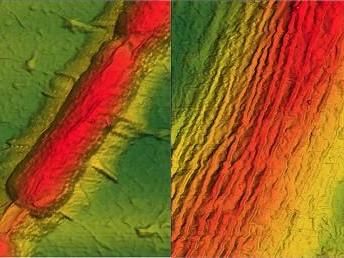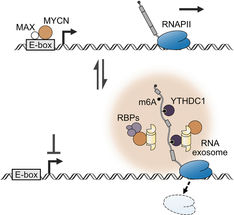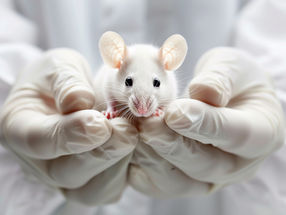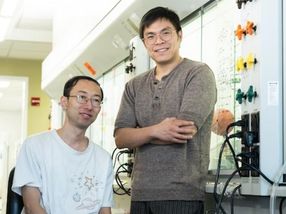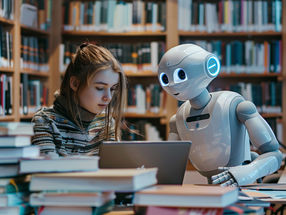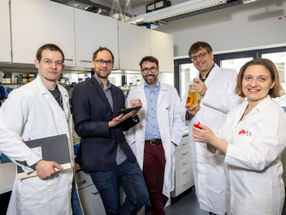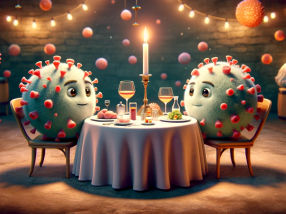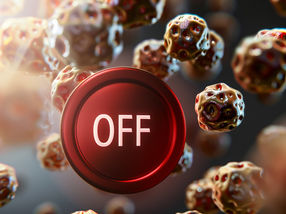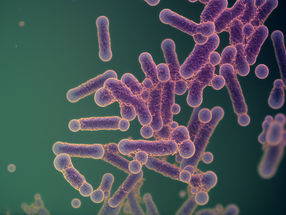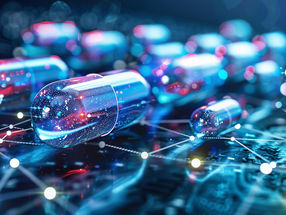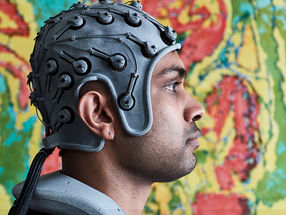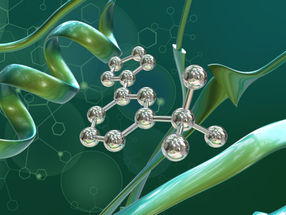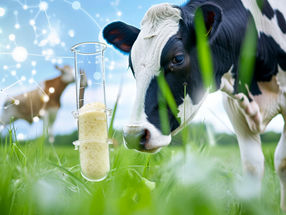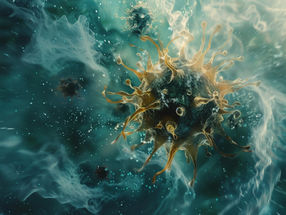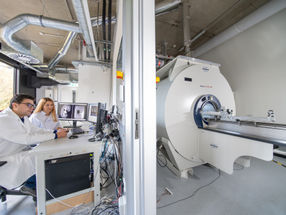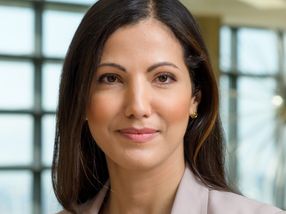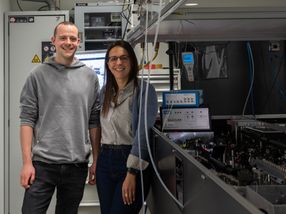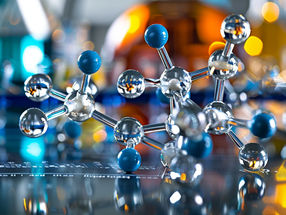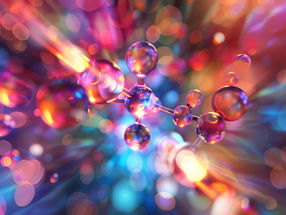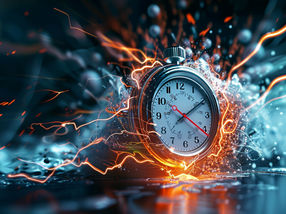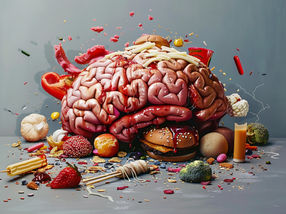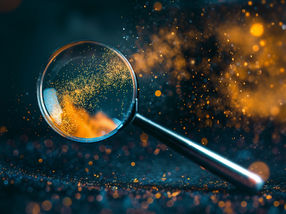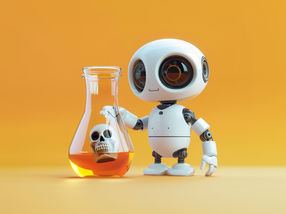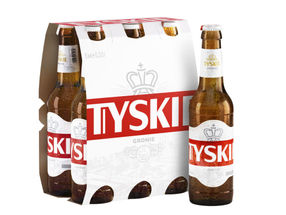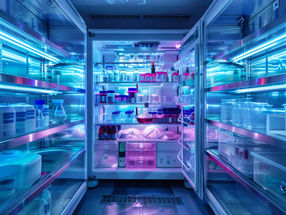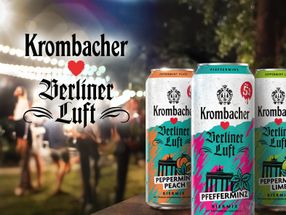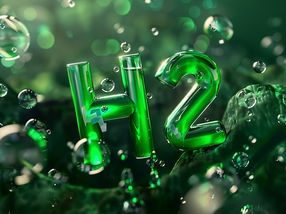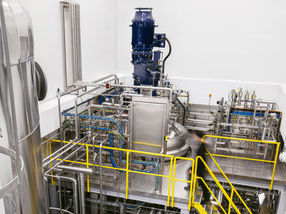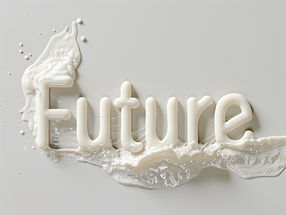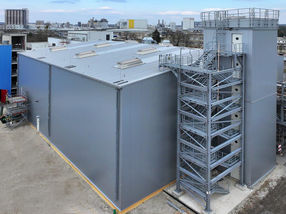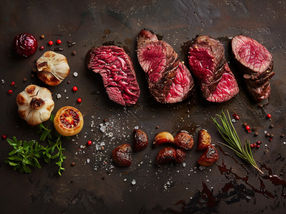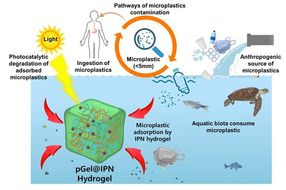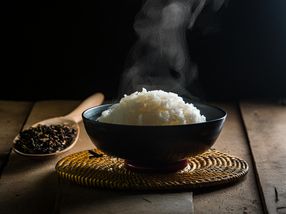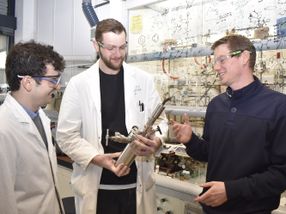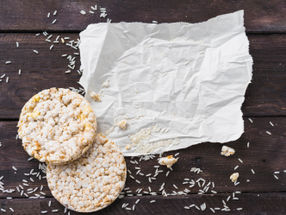New student team aims to create biomachines that destroy pollutants, cancer cells
Microscopic, living machines that sense toxins in the air or deliver drugs in the body - the stuff of science fiction? A new Cornell student project team is working to make such things the stuff of reality.
The Cornell International Genetically Engineered Machines (iGEM) team, formed this year, uses biological, not mechanical, components to make machines. Their goal is to enter the annual competition at the Massachusetts Institute of Technology (MIT) that convenes institutions from all over the world to design, create and demonstrate such machines. This field is called synthetic biology, a discipline so new that many large research institutions don't offer specific programs to study it.
Reminiscent of when "nanotechnology" was barely a household term, synthetic biology is the design and engineering of complex biological systems that don't occur naturally, using DNA or other biological materials as "biobricks." Synthetic biologists bioengineer microorganisms that can perform such tasks as producing pharmaceuticals, detecting toxins, breaking down pollutants or repairing defective genes.
"A lot of students were looking for a project team in the bio-related disciplines, which didn't exist at Cornell," said Naweed Paya, who co-founded the team this past fall with Koonal Bharadwaj. Majors represented on the team include not only biological engineering and biology, but also chemical engineering, electrical engineering and materials science.
The team of nine students is brainstorming ideas for their entry into MIT's sixth iGEM competition, to be held in November. They plan to have their project implemented and ready for experimentation by the summer, they said. The team attended the November 2008 competition, which featured more than 80 teams, to observe the other schools and collect ideas.
Among other possibilities, the students are looking into using cells called magnetotactic bacteria for heavy-metal decontamination of water. Toxic metals would be attracted to the bacteria, and the bacteria would then be removed with a magnet. Other ideas include using bacteria as an anti-tumor agent or to insert antioxidants found in berries or spinach into such food-producing cells as yeast or bacterial cells that produce cheese.
Most read news
Topics
Organizations
Other news from the department science

Get the life science industry in your inbox
From now on, don't miss a thing: Our newsletter for biotechnology, pharma and life sciences brings you up to date every Tuesday and Thursday. The latest industry news, product highlights and innovations - compact and easy to understand in your inbox. Researched by us so you don't have to.
Most read news
More news from our other portals
Last viewed contents
Agilent Technologies Expands Life Sciences and Chemical Analysis Center of Excellence in India
Causus_resimus
Causus_rhombeatus
Causus_defilippii
Dentistry
Researchers examine effect of experimental Ebola vaccine after high-risk exposure

